
Website founded by
Milan Velimirović
in 2006
22:55 UTC


| |
MatPlus.Net  Forum Forum  Retro/Math Retro/Math  The Myth Of The En Passant Key In A Miniature Direcmate The Myth Of The En Passant Key In A Miniature Direcmate |
| |
|
|
|
|
You can only view this page!
| | | (1) Posted by James Malcom [Monday, Aug 10, 2020 08:28] | The Myth Of The En Passant Key In A Miniature Direcmate
As far as I know, for a long time now, it has been a dream for many retro and twomover enthusiants to produce a correct miniature problem that has an en passant key. It has been a quest for decades now. While it has been done in moremovers in the past, sometimes with promoted force, those problems are all cooked.
Wilhelm Massmann & Bodo von Dehn, Die Schwalbe 1959, HM
#4
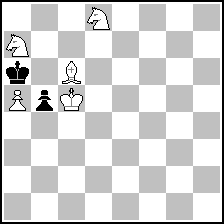 (= 5+2 ) (= 5+2 )
1. axb6 Ka5 2. b7, Be8, Nc8, Bd7
Jacques Fulpius, The Problemist 1982
#4
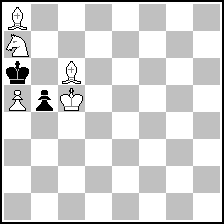 (= 5+2 ) (= 5+2 )
1. axb6 Ka5 2. b7, Bd7, Be8
Any other time, the problem has always been conditional.
Jacques Fulpius, The Problemist 1978=P1012107
#2-P1012107
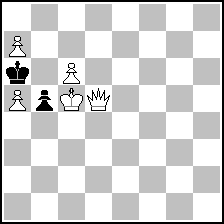 (= 5+2 ) (= 5+2 )
Werner Speckmann, The Problemist 1981
#2-Two Solutions
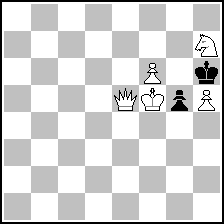 (= 5+2 ) (= 5+2 )
Michel Caillaud, France-Echecs 2005
#2
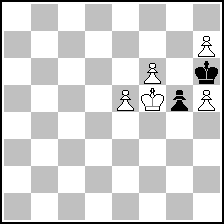 (= 5+2 ) (= 5+2 )
A #1 is possible, but a #2 is required by the stipulation, and an e.p. key is the only way to gain a tempo.
As far as I have seen, this has been a seemingly impossbile task for a long time know. I remember seeing a Die Scwhalbe article on this topic, by Werner Keym I think that talks about it. (Can anybody find it please?) Who can shed more light on this toipic?
| |
No more posts |
MatPlus.Net  Forum Forum  Retro/Math Retro/Math  The Myth Of The En Passant Key In A Miniature Direcmate The Myth Of The En Passant Key In A Miniature Direcmate |
|
|
|
 ISC 2024
ISC 2024 Forum
Forum  Retro/Math
Retro/Math  The Myth Of The En Passant Key In A Miniature Direcmate
The Myth Of The En Passant Key In A Miniature Direcmate 
